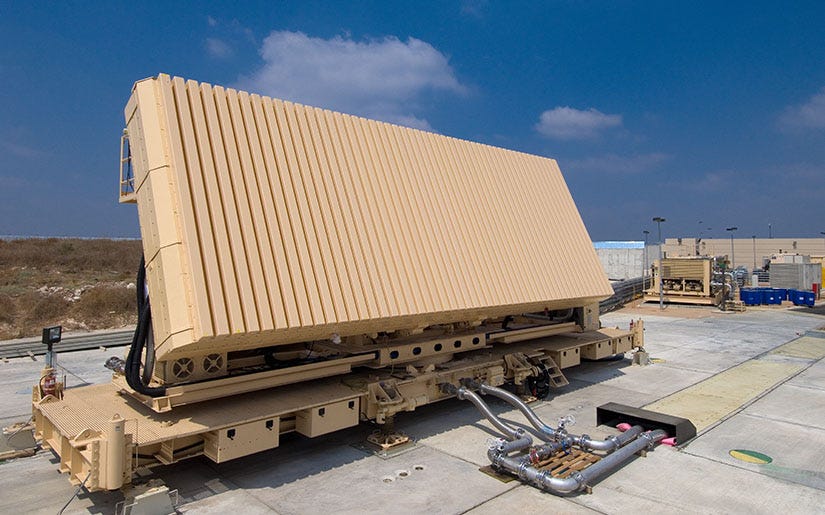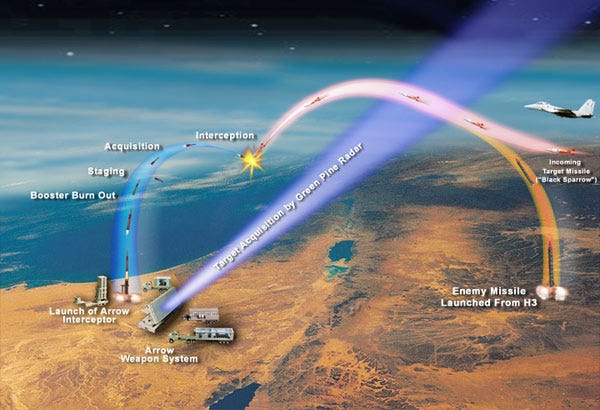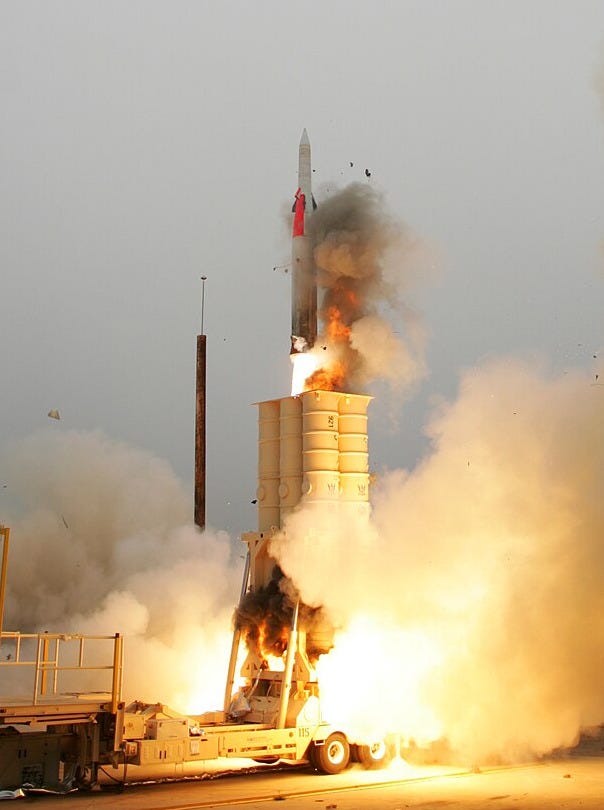The Science Behind Missile Trajectory Prediction
From Warheads to Wimbledon – Radar’s Watchful Eye
In an era where aerospace technology shapes both defense and entertainment, radar systems have evolved into an indispensable tool. From tracking the terrifying trajectory of hypersonic missiles to assisting sports referees in making split-second decisions, radar technology sits at the heart of modern precision. This article explores how radars track rocket or missile trajectories, the systems involved, civilian applications, and the sophisticated measures and counter-measures that accompany missile warfare.
How Radars Track Missile Trajectories
When a missile or rocket launches, it accelerates at tremendous speeds, often exceeding several times the speed of sound. Tracking such fast-moving objects requires ultra-fast, high-resolution radar systems capable of both detection and prediction.

Detection: Picking Up the Signal
Radar systems operate by sending out radio waves that reflect off objects back to the radar receiver. As the radio waves hit a missile, they bounce back, allowing the radar system to calculate the object’s position using time delay and Doppler shift (which indicates speed).
Early detection is crucial. For instance, long-range surveillance radars—like the U.S. AN/FPS-132 or Russia’s Voronezh system—can detect missile launches thousands of kilometers away by analyzing infrared and electromagnetic signatures.
Tracking and Predicting the Path
Once a missile is detected, the radar locks onto it and begins tracking its path in real-time. The radar collects data points (position, speed, altitude) several times per second. Using this data, advanced software algorithms predict the missile's future trajectory using kinematic equations, gravitational modeling, and even atmospheric data.
Modern radar systems integrate Kalman filters—mathematical algorithms that predict an object's future position by filtering out noise in sensor data. This allows accurate tracking even when data is incomplete or when the object performs erratic maneuvers.
For ballistic missiles, which follow a predictable parabolic path, radar systems can project the impact point within seconds. For cruise missiles or maneuverable hypersonics, continuous tracking is essential as they can change direction mid-flight.

Radar Systems Used in Missile Tracking
Several integrated radar and tracking systems are involved in missile detection, each playing a specific role depending on range, altitude, and required response time.
1. Ground-Based Radar Systems
These are the backbone of early warning and tracking.
Phased Array Radars (e.g., AN/TPY-2, Green Pine): Use electronically steerable beams to rapidly scan sectors.
Over-the-Horizon Radars (OTH): Can detect objects beyond the line of sight by bouncing signals off the ionosphere.
2. Space-Based Infrared Systems (SBIRS)
These systems provide early launch detection from geostationary orbits. They use infrared sensors to detect the heat signature of a missile launch. The U.S. operates SBIRS to track ICBMs globally.
3. Airborne Early Warning and Control Systems (AWACS)
Aircraft like the E-3 Sentry serve as airborne command centers with radar domes that provide 360-degree coverage, allowing them to detect and track low-flying cruise missiles which may evade ground radar.
4. Fire Control Radars
These are high-precision tracking systems used to guide interceptor missiles toward incoming threats, ensuring pinpoint accuracy.

Missile Measures and Counter-Measures
In the age of advanced warfare, it's not enough to merely launch or intercept a missile—nations are locked in a cat-and-mouse game of offense and defense. Measures are the offensive capabilities of a missile, while counter-measures are defensive actions taken against them.
Missile Measures
Maneuverability: Modern missiles can perform evasive maneuvers to confuse radar tracking and interceptors.
Stealth Technology: Shaping and materials reduce radar cross-section, making missiles harder to detect.
Decoys: Some ICBMs deploy multiple dummy warheads (penetration aids) to saturate and confuse defense systems.
Hypersonic Speed: Traveling at speeds of Mach 5 or more, hypersonic missiles reduce reaction time, overwhelming defense systems.
Missile Counter-Measures
Interceptors: Systems like the U.S. THAAD (Terminal High Altitude Area Defense) or Israel’s Iron Dome use radar to detect and destroy incoming missiles.
Electronic Warfare (EW): Radar jamming and spoofing techniques confuse or blind missile guidance systems.
Laser and Directed Energy Weapons: Still under development, these promise to destroy missiles in-flight using concentrated energy beams.
Cyber Warfare: Hacking into missile guidance or radar systems can disable or misdirect them without a physical counterattack.
Civilian Applications: Beyond Battlefields
Radar tracking technology has permeated many aspects of civilian life. While originally designed for defense, the same principles are now used in sports, aviation, and even weather forecasting.
1. Sports Tracking
Radar and optical tracking systems play a crucial role in modern sports broadcasting and analytics.
Cricket (Hawk-Eye): Uses multiple cameras and radar to track the ball’s trajectory, predicting its path to aid in LBW decisions.
Football (Goal-line technology): Tracks the ball to determine if it fully crosses the goal line.
Tennis: Radar-based systems track the ball’s speed and trajectory to assist in line-call reviews.
2. Aviation and Air Traffic Control
Civil aviation uses Secondary Surveillance Radar (SSR) and Primary Surveillance Radar (PSR) to track aircraft positions and ensure safe airspace management.
3. Weather Monitoring
Doppler radar systems are crucial for detecting rainfall intensity, tornadoes, and storm cell movement. They provide real-time weather updates used by meteorologists and emergency response teams.
4. Automotive and Navigation
Modern vehicles use radar for adaptive cruise control, collision avoidance, and parking assistance. These systems track nearby objects and calculate distances to aid in driver safety.
As missiles become faster, smarter, and more elusive, radar systems must evolve too. AI and machine learning are being integrated into radar processing units to improve tracking precision and reduce false positives. Multi-static radar systems, using multiple transmitter-receiver pairs, offer a more detailed and redundant tracking environment.
Moreover, low-Earth orbit satellite constellations could one day offer continuous global coverage, minimizing blind spots and dramatically reducing detection times.
From the defense of nations to the drama on a sports field, the ability to track fast-moving objects accurately and in real-time is vital. Radar systems, refined over decades, now serve a dual purpose—providing security in conflict and enhancing accuracy in peace.
Missile tracking showcases the pinnacle of radar’s capabilities, with each new advancement requiring corresponding leaps in detection and interception. As global threats evolve and civilian needs grow, radar technology will remain at the center of humanity’s quest for precision—be it for survival or entertainment.



